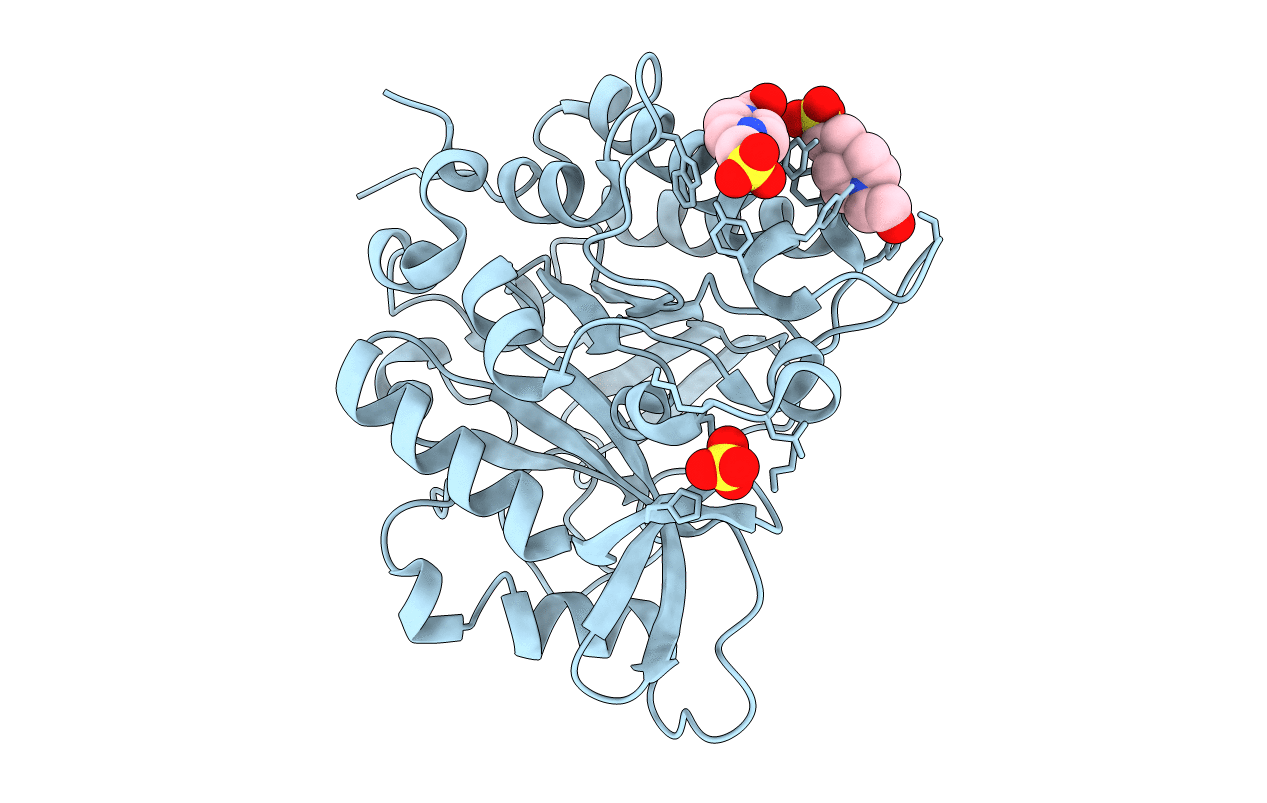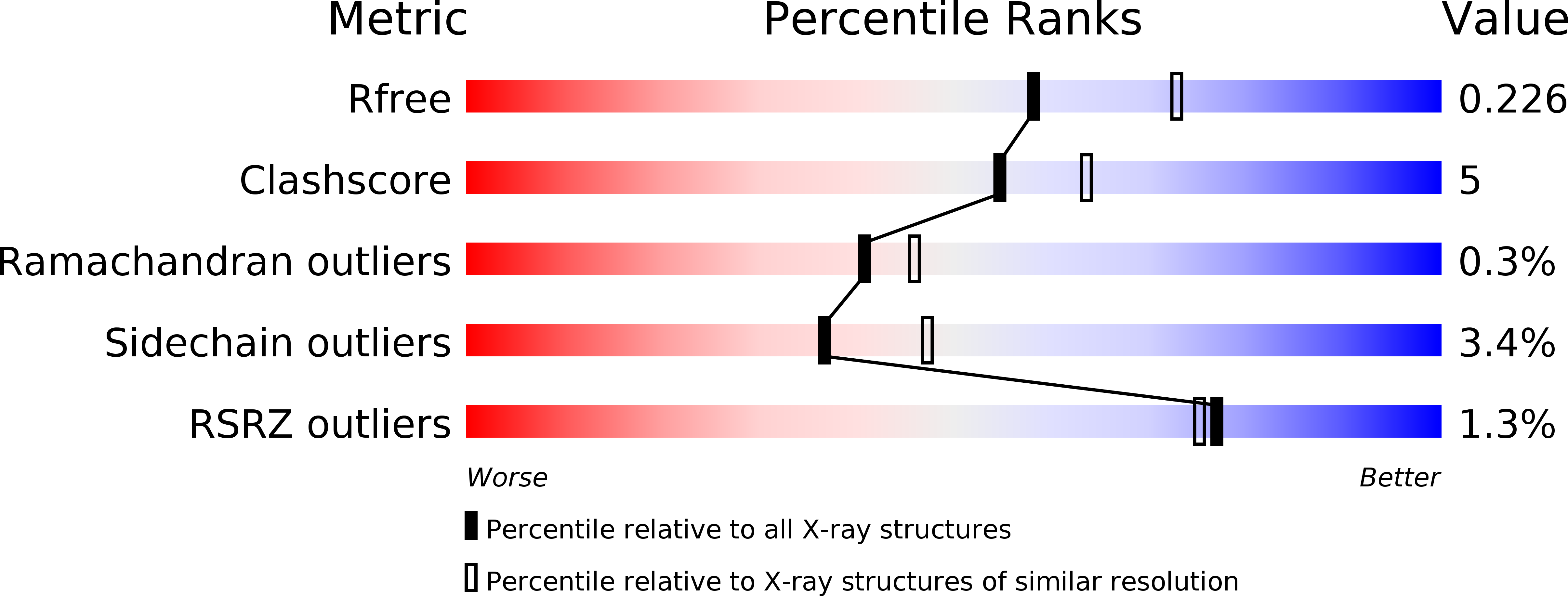
Deposition Date
2012-12-05
Release Date
2013-04-10
Last Version Date
2023-09-20
Entry Detail
PDB ID:
4I9M
Keywords:
Title:
Structure of the N254Y/H258Y mutant of the phosphatidylinositol-specific phospholipase C from Staphylococcus aureus bound to HEPES
Biological Source:
Source Organism:
Staphylococcus aureus subsp. aureus (Taxon ID: 426430)
Host Organism:
Method Details:
Experimental Method:
Resolution:
2.20 Å
R-Value Free:
0.23
R-Value Work:
0.15
R-Value Observed:
0.16
Space Group:
P 21 21 21


